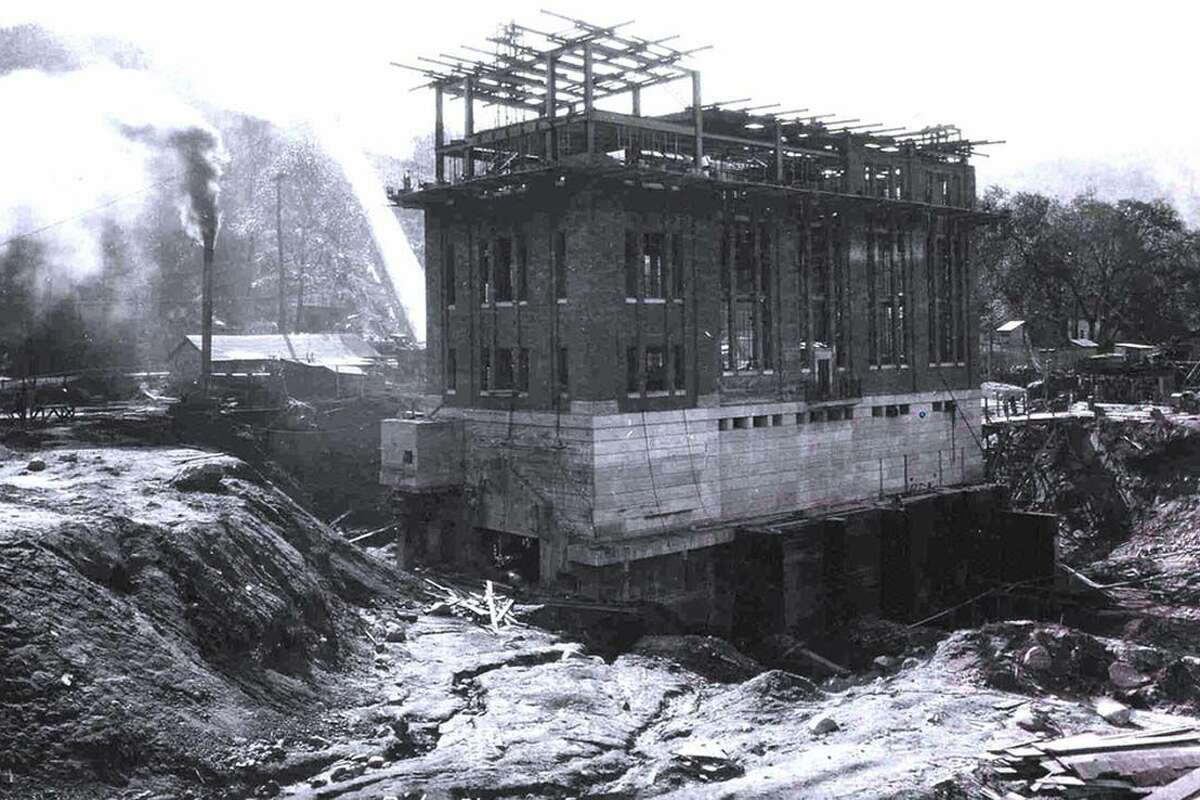They have knocked down my old station

Really really sad day. Not even been back since because I don't want to see it not there. My dad worked there too and it was a feature of my life from being a small child. Amazing and really dirty place

Worse still, the A station was knocked down in the 80's two days before it was to be made a listed building. Now that place was special, built in 1930 with teak parquet floors and brass everywhere.
Few people care about industrial heritage until its >100 years old and by then its probably already been scrapped.


